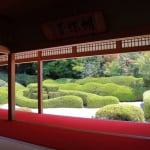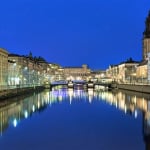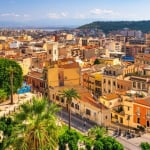Name: M’Zab Valley
Address: M’Zab
Official/Related Website URL: http://whc.unesco.org/en/list/188/
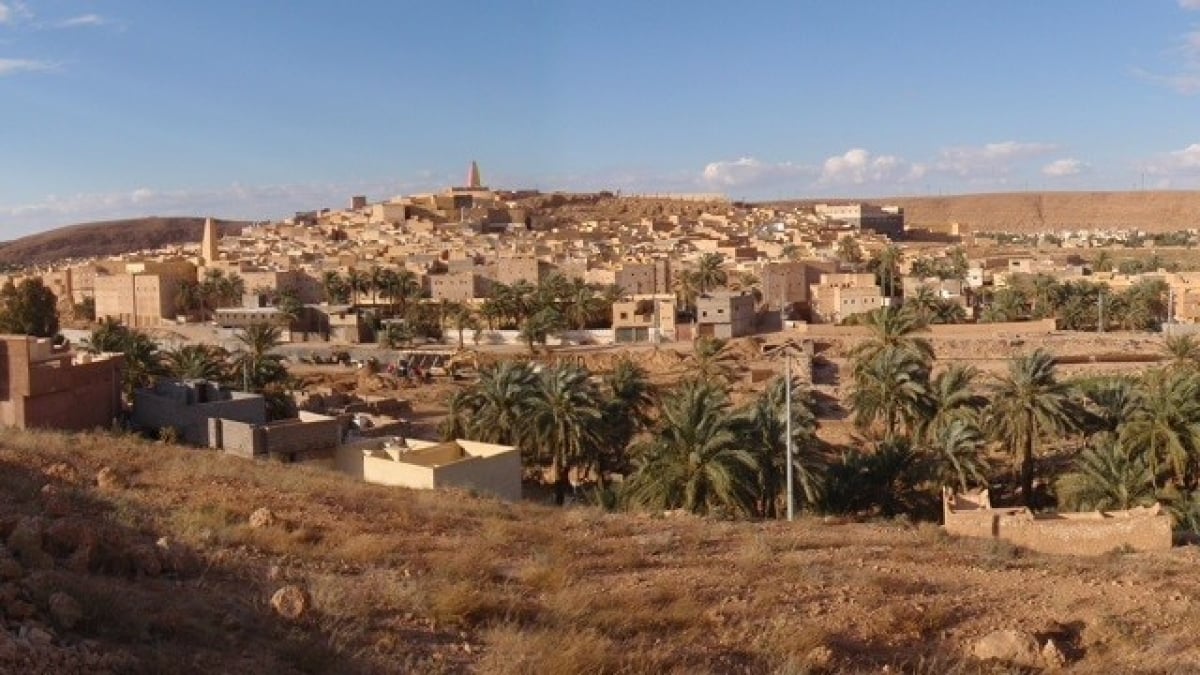
A World Heritage Site in the Desert! Introducing the Walled Medieval Towns of the M’Zab Valley
The M’Zab region spreads across central Algeria. Located about 600 km south of Algiers, the capital, it is a rocky plateau at an elevation of 300 to 800 meters. It is said that people lived in caves here since the Neolithic era. Over its long history, 25 towns appeared and disappeared in the M’Zab. Today, M’Zab refers to a collective of 5 oasis towns, later joined by 2 more, making 7 towns in total. It is registered as a World Heritage Site under the name “M’Zab Valley.”
For over 1,000 years, M’Zab has preserved its traditional way of life, filled with exotic and fascinating attractions. With its unique culture distinct from other regions of Algeria, let’s take a closer look at the World Heritage Site M’Zab Valley.
table of contents
[x] close
A World Heritage Site in the Desert! Introducing the Walled Medieval Towns of the M’Zab Valley
What is the M’Zab Valley?
The M’Zab Valley refers to an area composed of several oasis towns. The 7 towns include Ghardaïa at the center, and together the entire region is designated as a World Heritage Site. The Mozabites, a Berber tribe who, while devout Muslims, were considered heretics by mainstream Islam, fled persecution and built towns here.
They succeeded in transforming this rocky, barren land—where it hardly rained even in the rainy season—into an oasis. Many fortresses and mosques that still remain were built by them. Valuing equality, the Mozabites constructed houses with nearly uniform materials and designs, ensuring that the mosque could be seen from every home.
Later, the invading French developed irrigation systems that provided a stable water supply for agriculture, further improving the towns. Ghardaïa, a city that retains traces of French colonial rule, is one of the most popular World Heritage sites in M’Zab. Rows of pastel-colored square houses create a landscape so enchanting it may make you forget you’re in Algeria. The view of the valley from afar is mystical, but the towns within the valley are just as captivating. With its unique features and culture still alive today, the M’Zab Valley is a highly recommended World Heritage destination in Algeria.
Access to the M’Zab Valley
From Algiers, the capital, it takes about 10 hours by bus to Ghardaïa.
Highlight ①: Ghardaïa
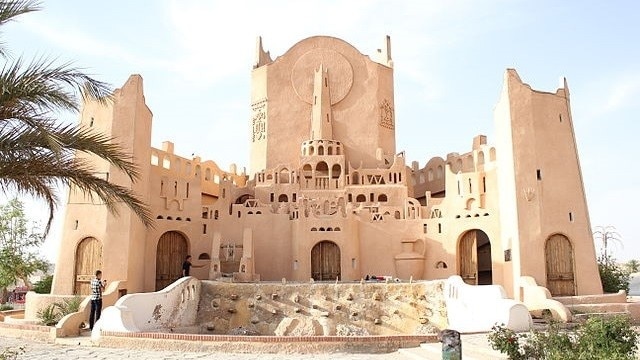
Ghardaïa is the central town of the M’Zab Valley World Heritage Site. It is also the center for Algeria’s Ibadi Muslims. With its well-preserved medieval townscape, it is one of the most popular tourist attractions in the M’Zab Valley. Also called the “Pearl of the Sahara,” Ghardaïa is known as a beautiful oasis.
Pastel-colored houses are built in a pyramid-like shape with a mosque at the top, so that the mosque is visible from every house. The scene creates a distinct, extraordinary atmosphere unlike anywhere else in Algeria. From the central market of Ghardaïa, narrow alleys spread in all directions, lined with countless small shops. From general goods to groceries, the bustling streets are a joy to explore, even just for sightseeing. If you’re visiting the M’Zab Valley, Ghardaïa is an unmissable World Heritage town.
Highlight ②: Beni Isguen
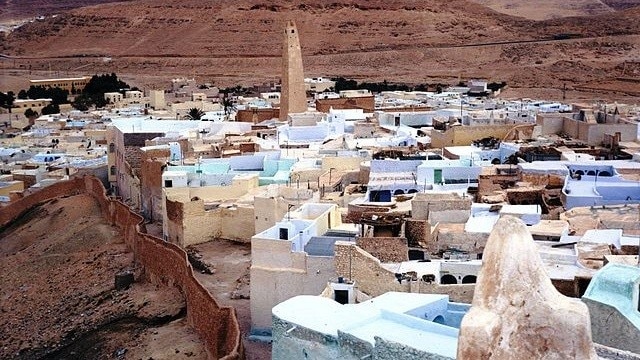
The M’Zab Valley is a large-scale World Heritage Site. Five towns at its core are each surrounded by walls. One of these is Beni Isguen. Among the five, it has the strictest religious codes and is called the “Holy Town.” Foreigners were only allowed to enter at night in recent years. The streets of Beni Isguen, lined with mud-brick houses, are a quintessential example of the World Heritage landscape of the M’Zab Valley. Houses with blue-painted rooftops, meant to repel mosquitoes, are particularly distinctive.
At the center stands a minaret on a small hill, surrounded by reddish houses closely packed together—a breathtaking sight! To the west of Beni Isguen, an oasis spreads out, with hotels and stylish areas. The scenery looks like something out of a movie and is truly worth seeing. When visiting the M’Zab Valley, Beni Isguen is one of the must-see World Heritage towns.
Precautions
Algeria has poor sanitary conditions, so caution is required regarding drinking water and food. There is also a risk of malaria, so take precautions against mosquito bites with repellent spray. Scorpions also live here, so be sure to check inside shoes and shaded areas carefully.
Sunlight is strong year-round, so don’t neglect UV protection like hats, sunglasses, and sunscreen. Algeria is not considered a safe country, so pay close attention to your safety.
◎Summary
What do you think of Algeria’s prominent World Heritage site, the M’Zab Valley? The enchanting medieval towns captivate many visitors. Built on unique terrain and composed of multiple towns, it’s enjoyable to compare the distinctive features of each. The desert oases and unique architecture are must-sees!
Since Algeria’s security situation is unstable, gathering safety information in advance is essential. Be sure to confirm safety before visiting.
RELATED ARTICLES
REGIONS
CATEGORIES
FEATURED ON Algeria
-
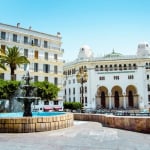
What are the shopping spots in Algeria? Recommended places introduced!
-
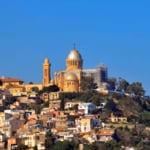
Algerian souvenirs: Lots of little-known, great value, and delicious treats
-
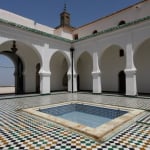
5 Tourist Attractions in Tlemcen, a Town Near the Northwestern Border of Algeria
-
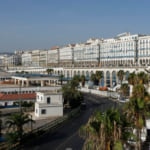
Algiers:The Capital of Algeria that Is Popular for Its Islamic Architecture and Attractive Sights
-

Incredible Things to Do and Places to See in Algeria
MOST POPULAR ON Algeria
-
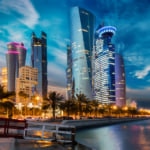 1
1Doha: Must-see Attractions in the Capital of Qatar
-
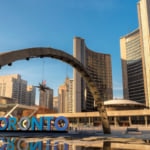 2
2Toronto: 10 Things to do in this Picturesque Canadian City
-
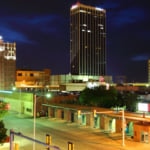 3
3Amarillo: A City Famous for It’s Amazing Canyons, Great History and Music
-
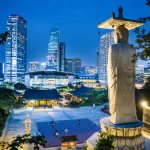 4
4South Korea: Dazzling Scenery, Rich Culture and Fascinating History
-
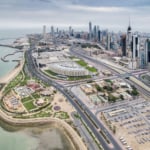 5
5Kuwait: A Country in Middle East Asia Famous for Hot Sand Dunes and Stunning Cityscape


